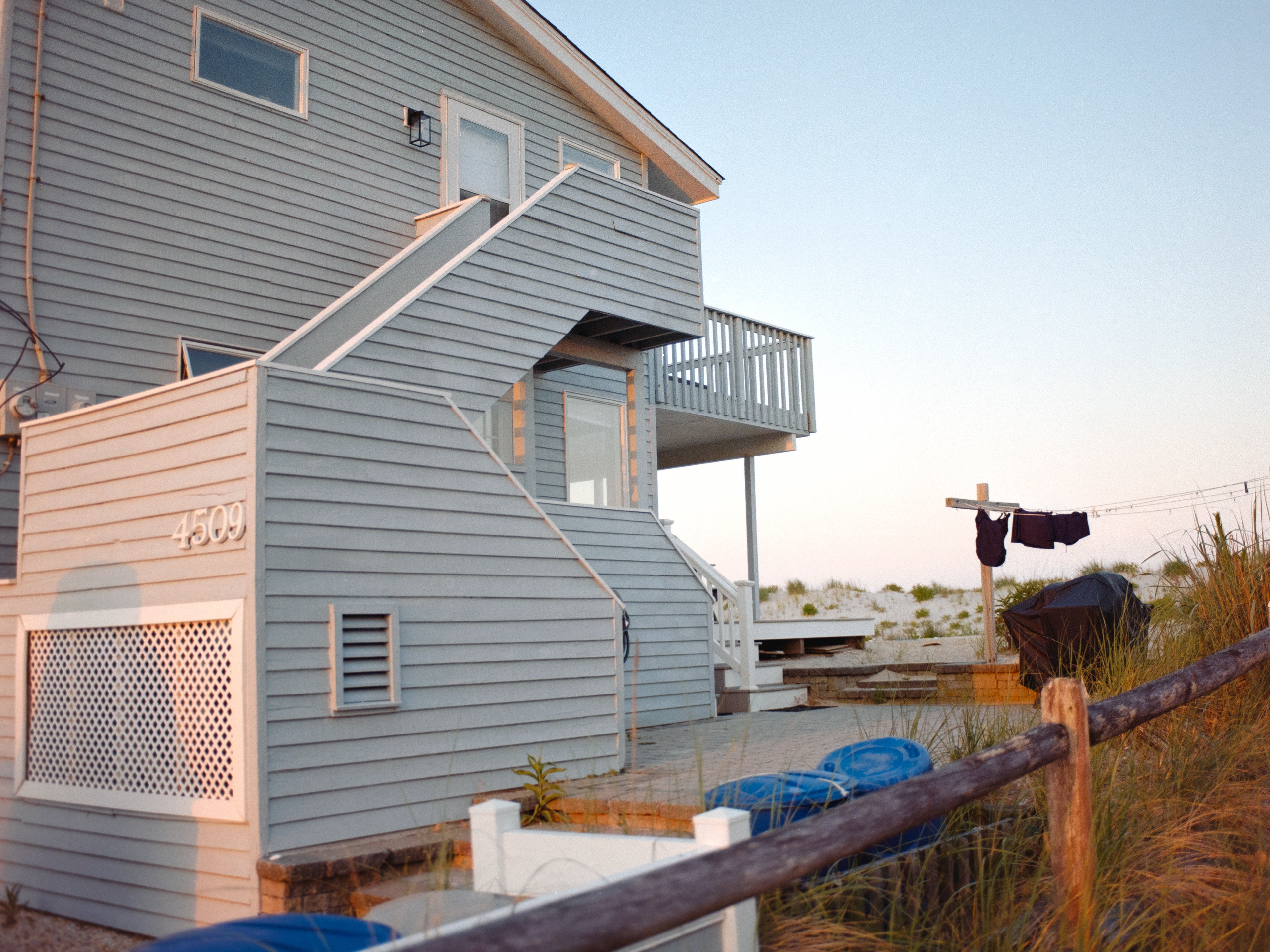
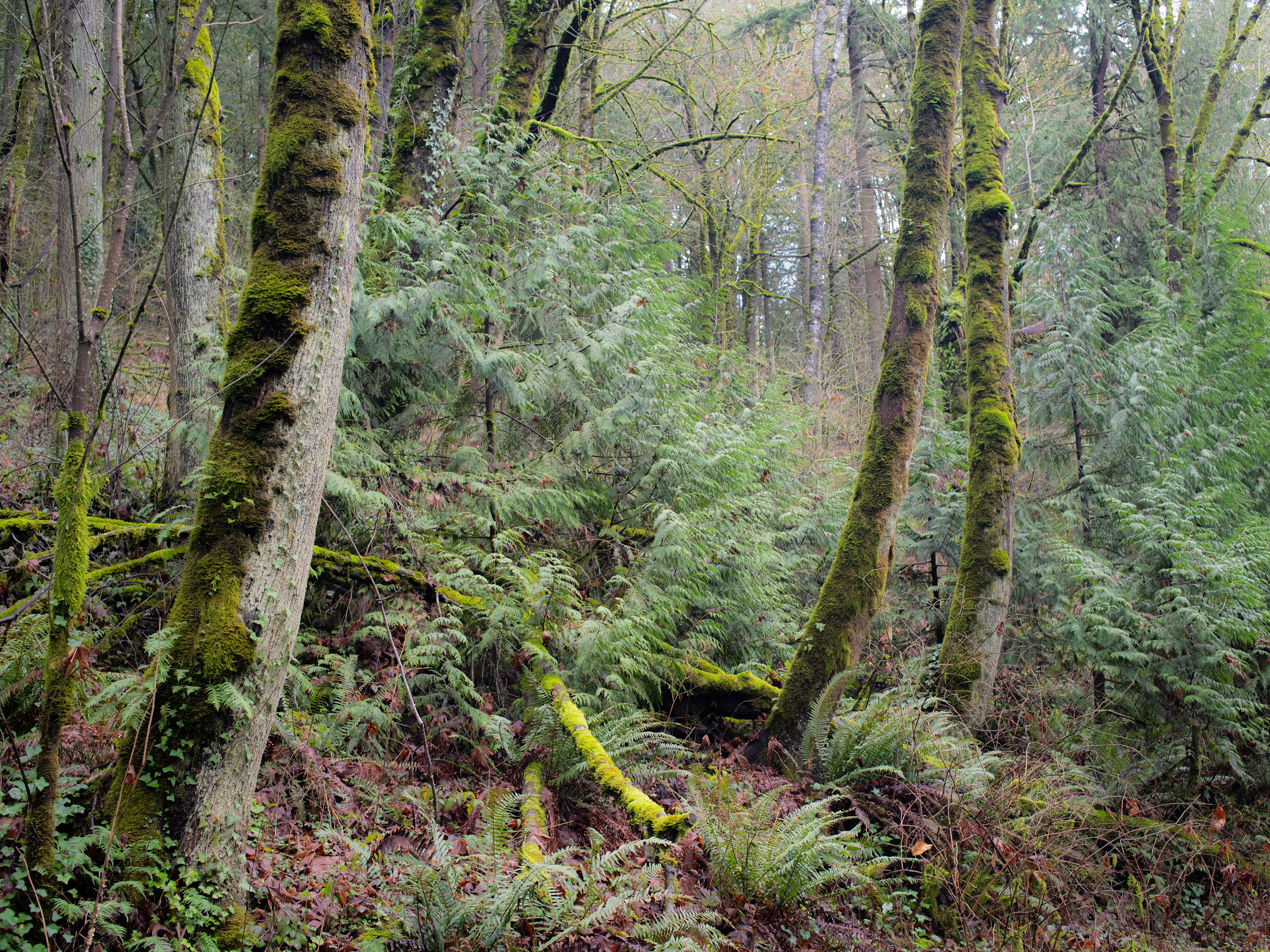
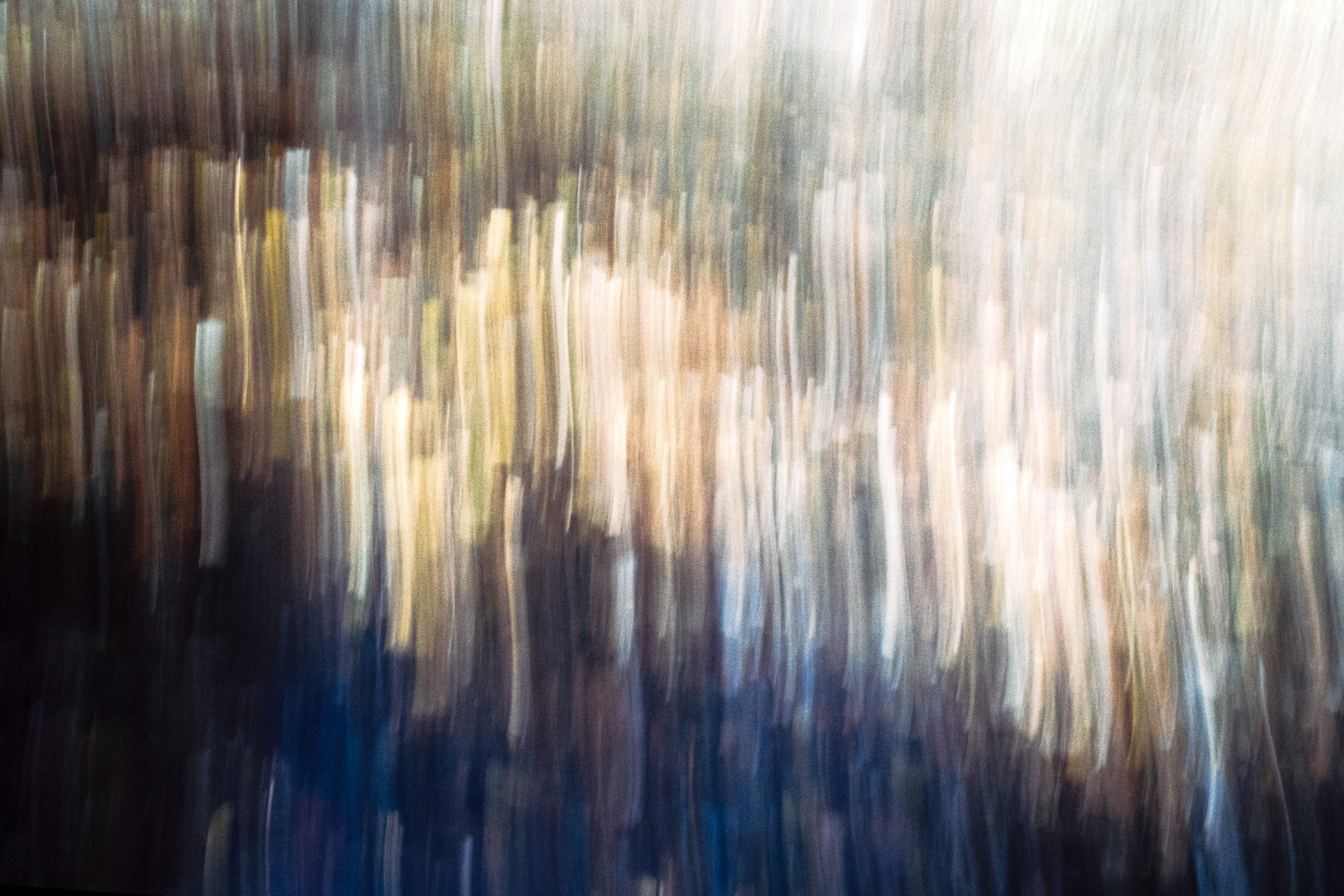
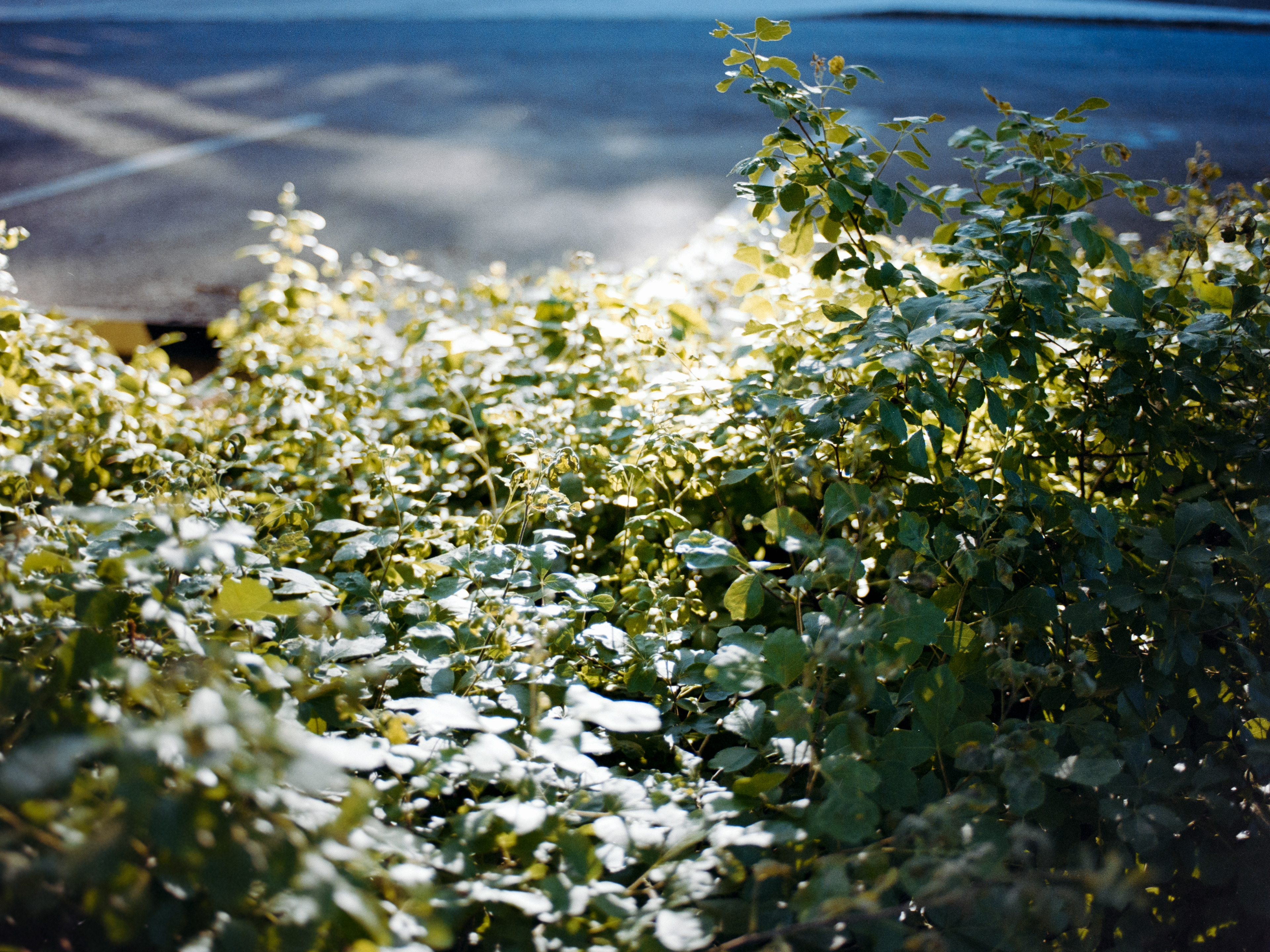
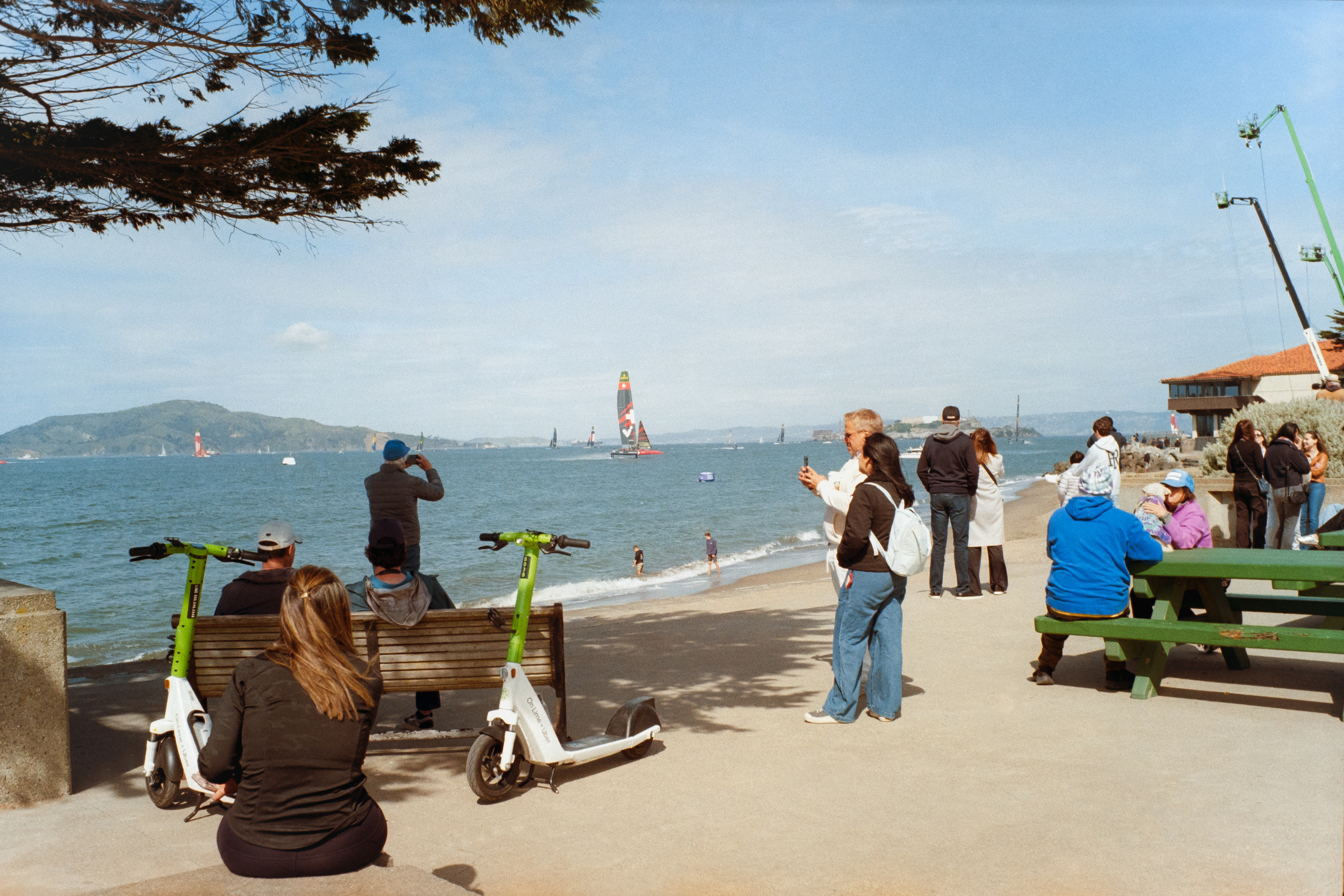
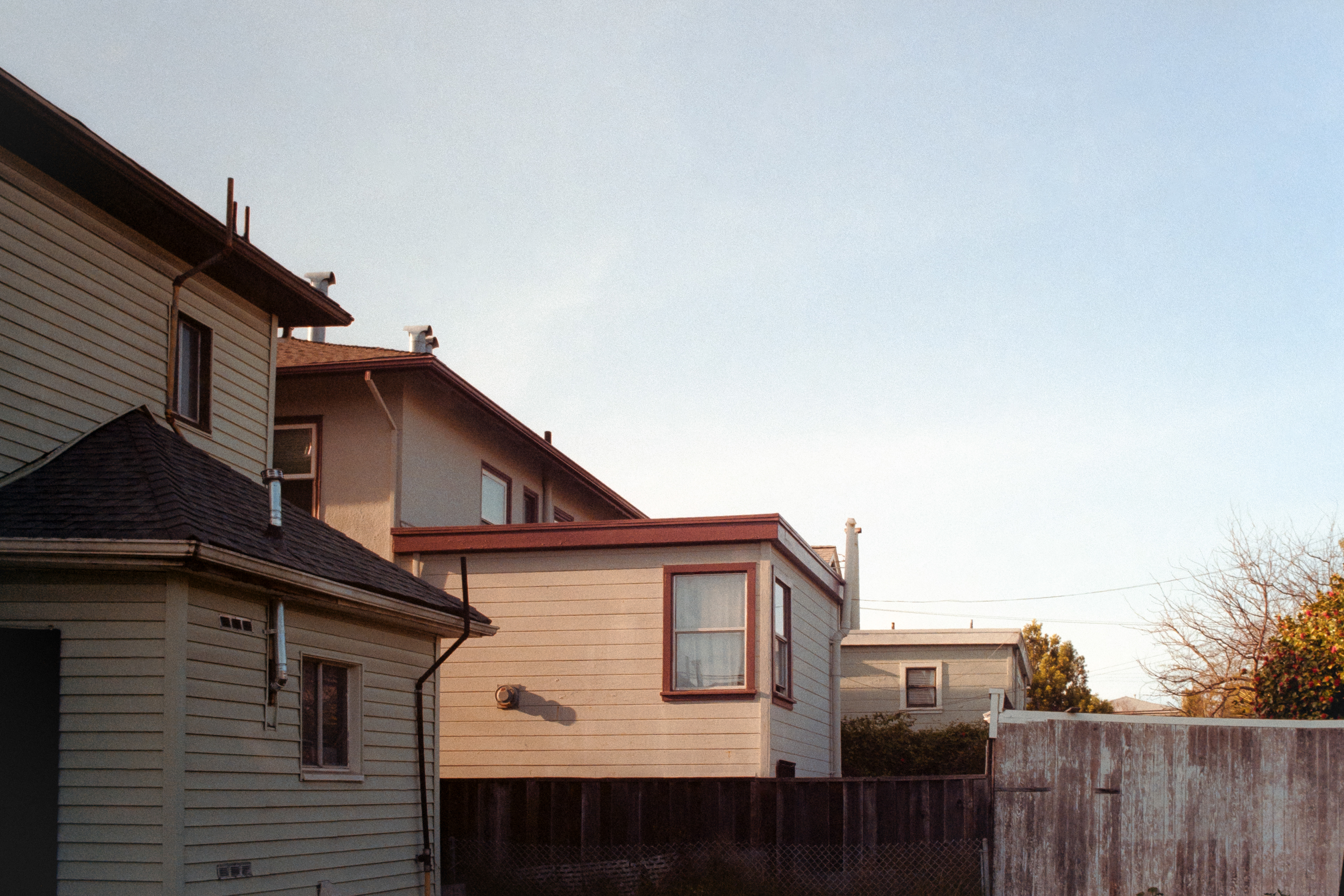

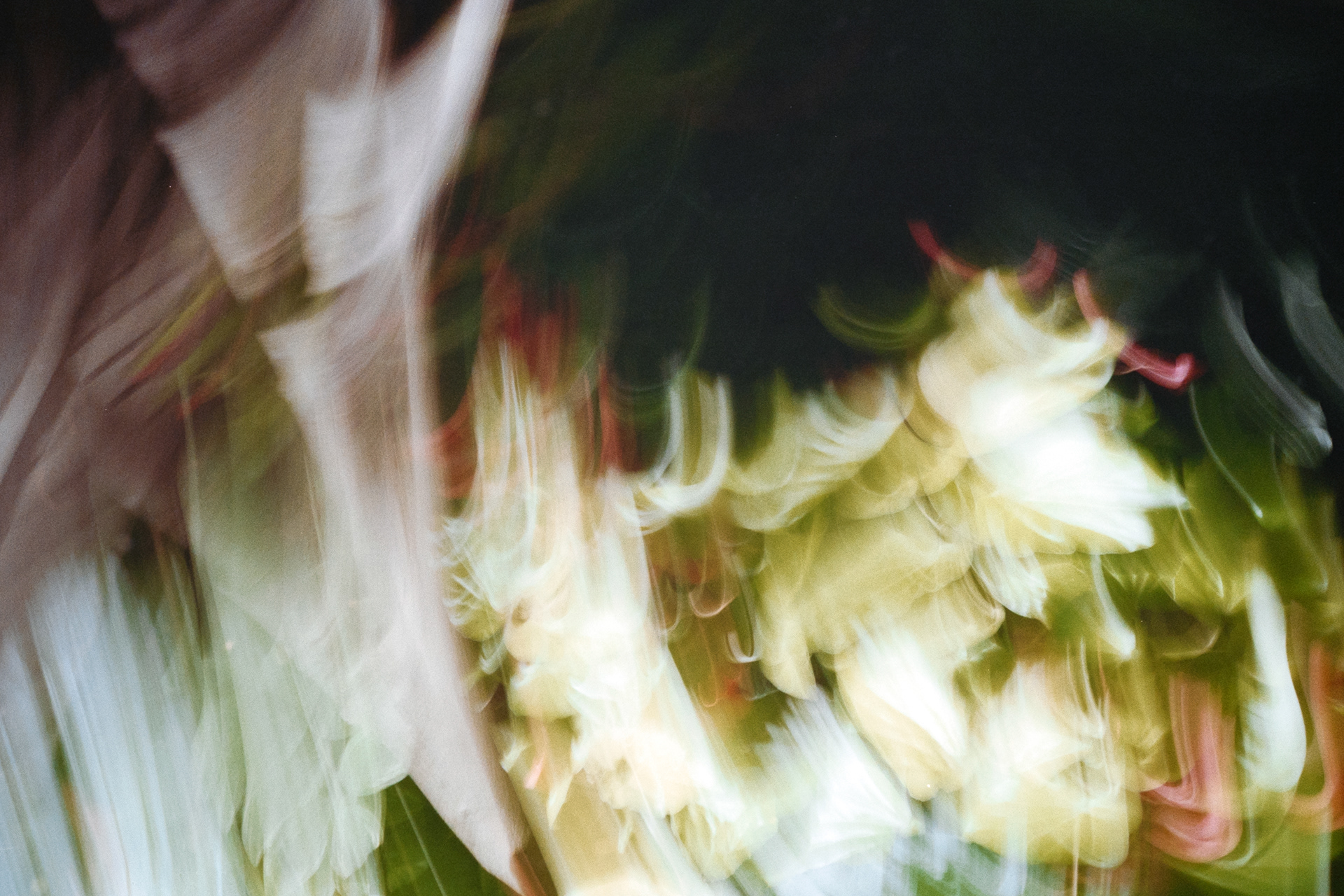
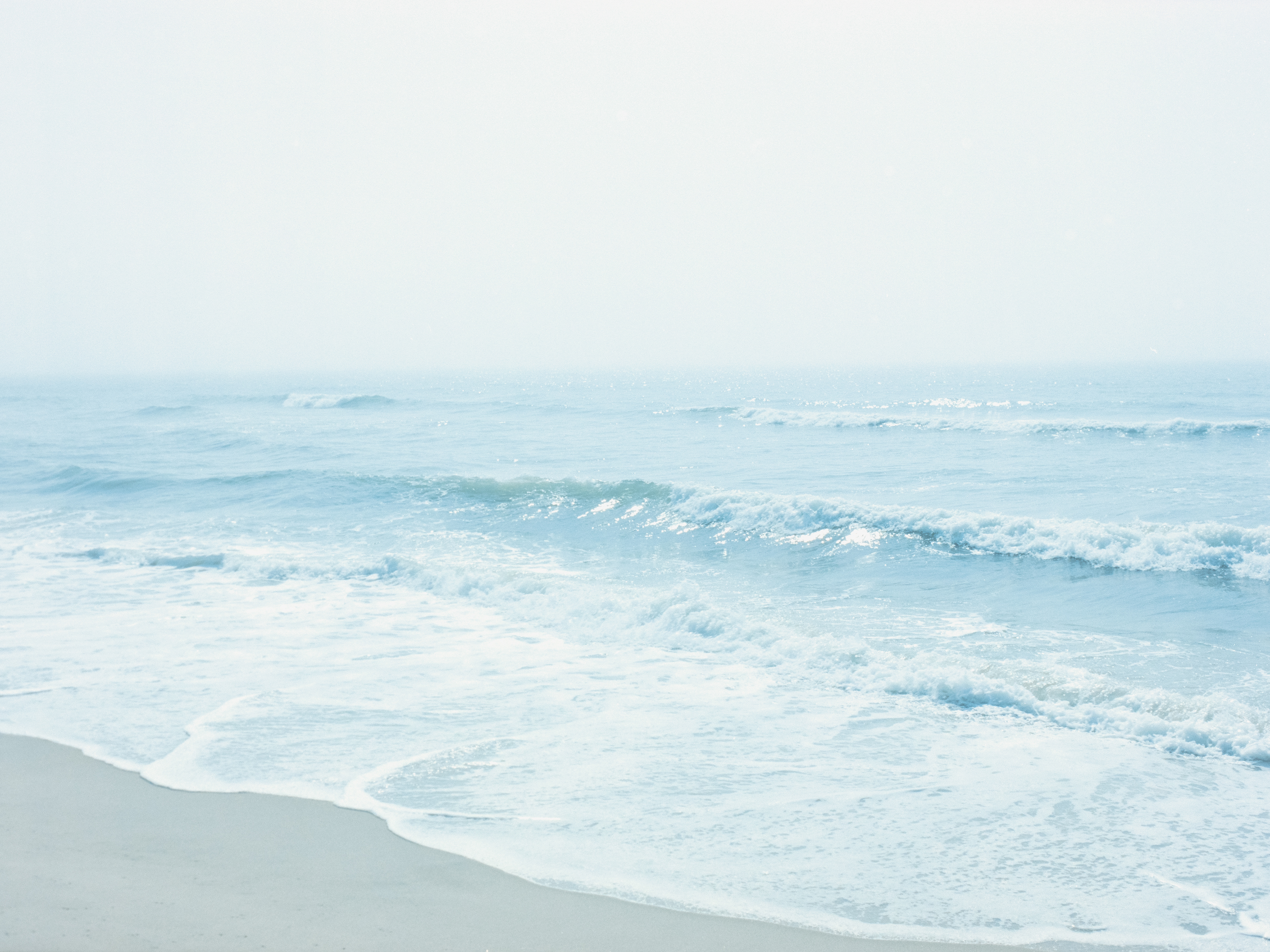
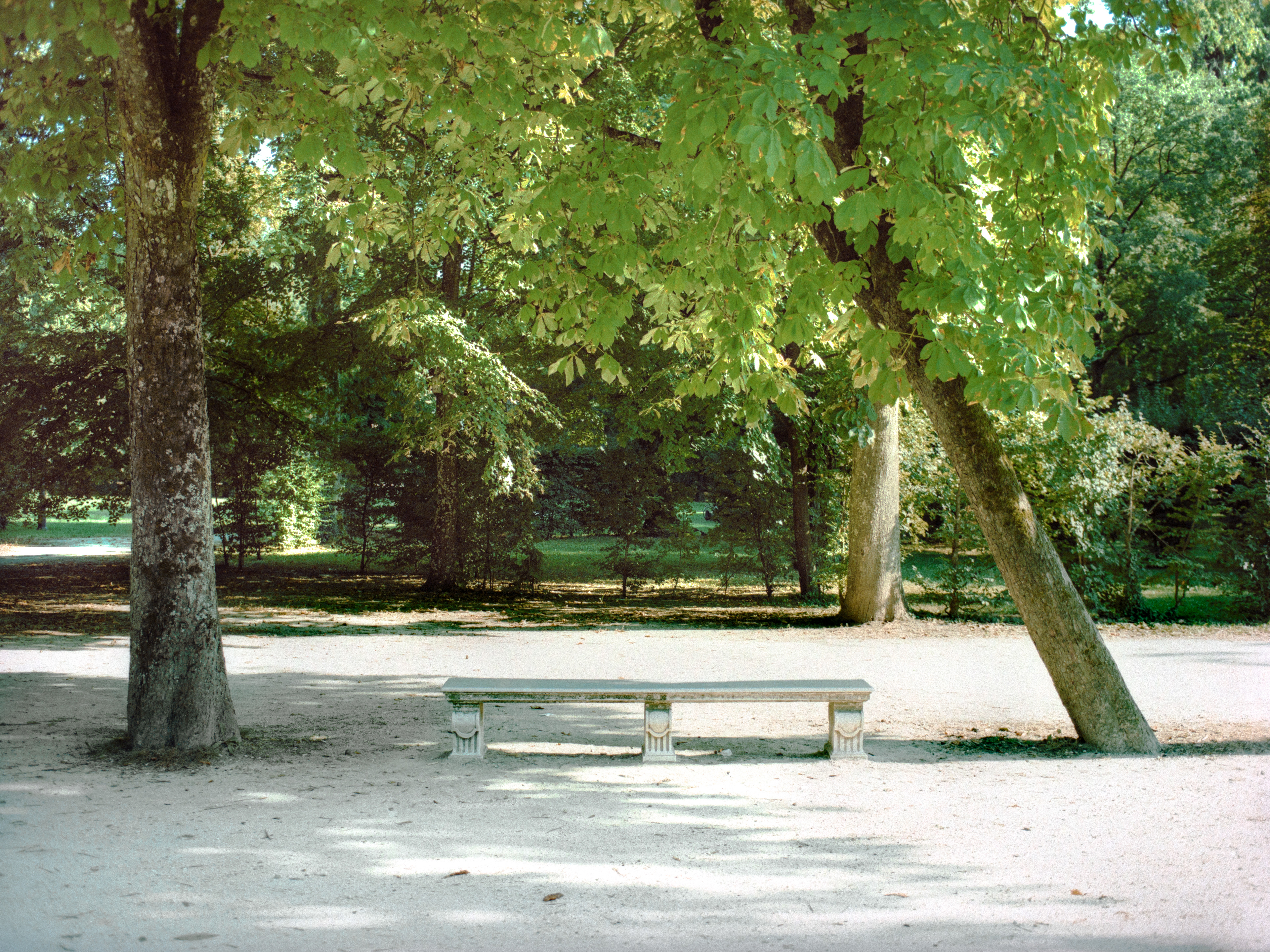
This project began as a form of meditation, a quiet resistance against the anxiety that seemed to infect every part of life. In the act of making art, I found stillness. Photography became a way to slow time, to enter a space where the world stopped demanding so much, and I could simply exist in a moment. What started as an escape grew into something more. At the same time, I began to explore existentialist philosophy and reflect on institutional systems that shape us, I found myself returning to one question: What does it mean to be authentic in a world that constantly tells us who we are? The photographs move through three emotional and conceptual spaces. To reflect the anxious, dissociative mind, I use slow shutter speeds and intentional camera movement to create blurred abstractions of natural scenes, visual echoes of a restless internal world. To capture moments of pause, I photograph quiet spaces where light lingers, a sunlit wall, an empty chair, a corner of a garden. These are not scenes that demand attention, they invite presence. Then, to explore authenticity, I look to solitary acts of genuine engagement: someone reading alone in a crowd or a pair of sandals abandoned in the sand. Found moments that are glimpses of an unguarded being. We live in a time that values immediacy over depth, where meaning is reduced to snapshots and truth is curated in fragments. The “in-between” moments, those quiet transitions where we simply are, have been eroded by a culture that commodifies our attention, our identities, and our inner lives. In the name of convenience and connection, we’re fed prepackaged narratives of fulfillment, permanence, and progress. But none of that is real. To be whole is not to be finished. To be free is not to be named. In our search for self, we often fall into the trap of definition: I am an artist, I am righteous, I am this, I am that, forgetting that these categories can become cages. True authenticity lives in fluidity, in uncertainty, in the active refusal to be reduced. This body of work is about that refusal. It’s about noticing what is usually overlooked, listening for silence, and finding meaning in transience.









